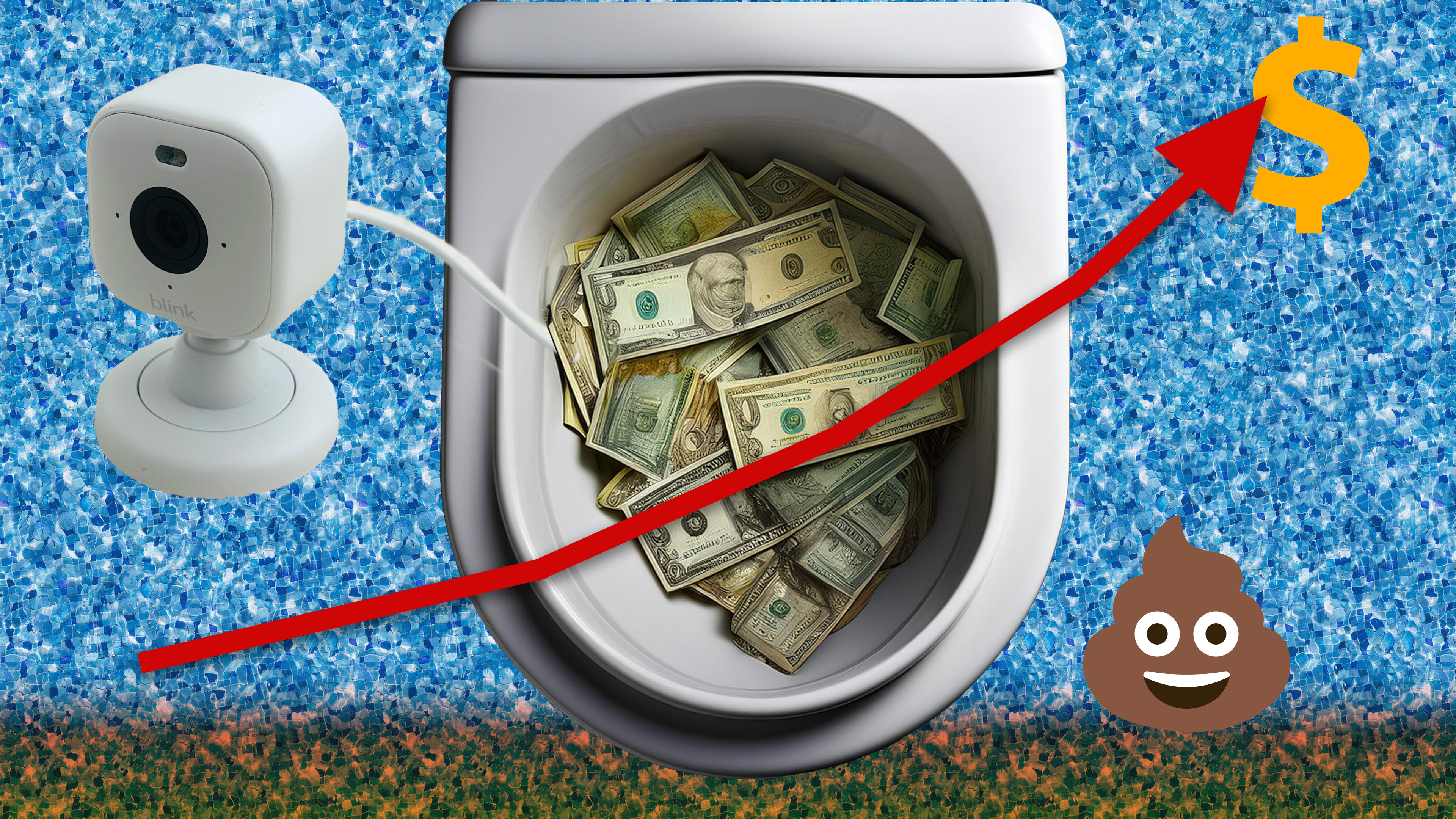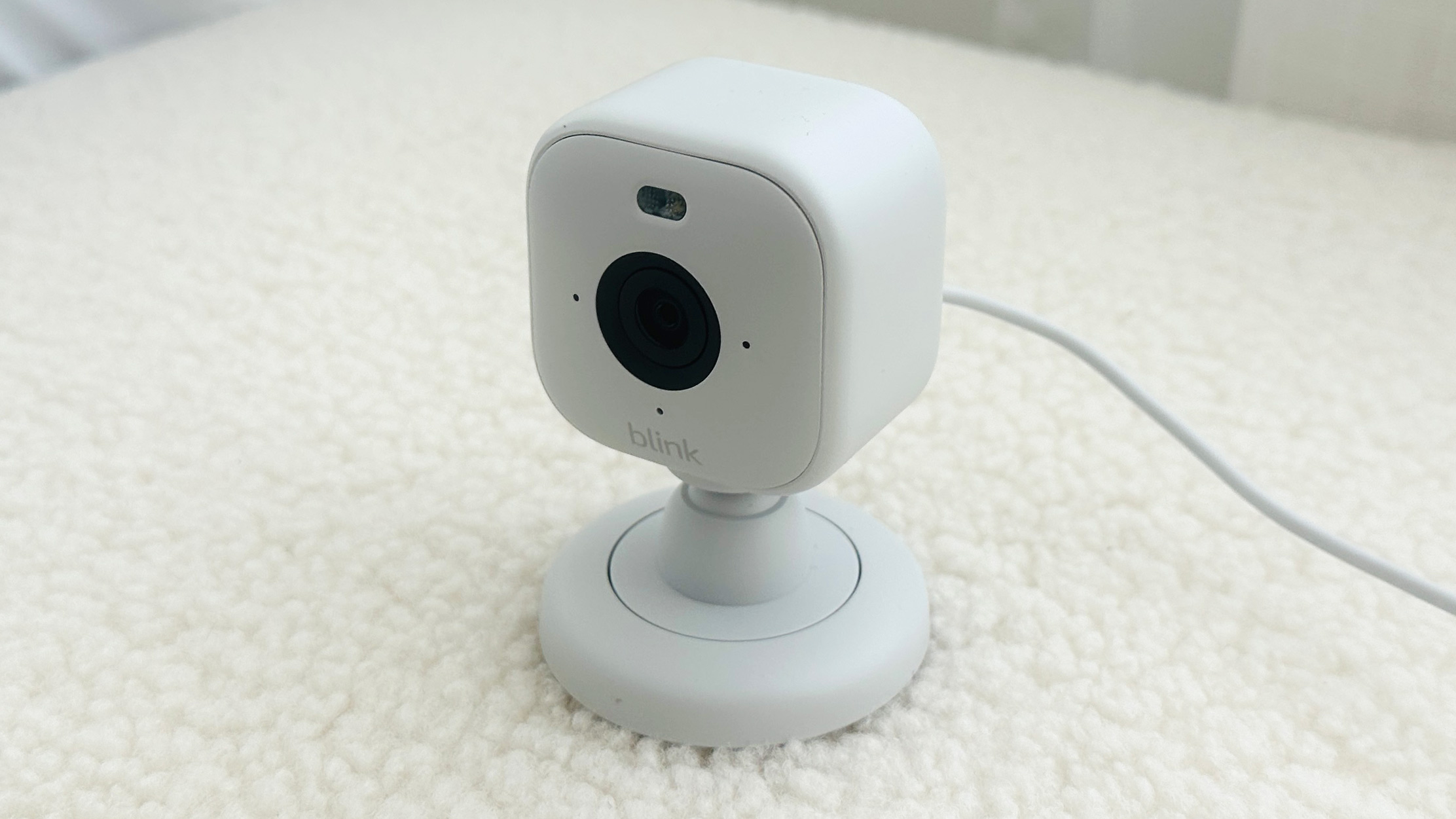'Enshittification' is coming for us all – even cameras – and this is where it starts...
It might start with software and smart-home security, but could we end up paying to use our main cameras? It's happening everywhere, including devices with lenses!

If you've checked an online dictionary, or read respected sources like the Financial Times, you might well be familiar with the term “enshittification,” coined by Cory Doctorow.
If you've not heard the term, you've certainly experienced it. It's Doctorow's way of explaining how things get worse for customers, especially in the online world, thanks to the network effect and the collective action problem.
A great example is Netflix. When it started out, you paid a relatively small amount for what seemed an amazing service, while in order to break the established network – which was literally 'the networks' – Netflix had to invest heavily in attractive content and promised no ads.
It was great. At first. In 2011 it was $7.99, and many were able to start abandoning much more expensive cable or satellite packages on the back of it. Then when Netflix's own network was big enough that it had power it did several things. First it started putting up the prices. First came premium – you had to pay for multiple devices and 4K – and more and more tiers to suck extra money out of people. Premium is now $23 and it's only $1 less than the original price to suffer through ads.
At the same time, competitors arrived in the market. Not only did they introduce a lot of the same tiers and money grabs, but the content you want is now spread across Disney+, Amazon Prime, and others. So now what seemed like an amazing deal saving tons but giving you great content (especially if you weren't a sports fan) is potentially costing tons more.
Essentially the company used the network effect to create an appeal, then took advantage of it after a threshold to squeeze every last drop of revenue. Sure, that's capitalism; they're legally obliged to. Typically in the same cycle of a young company – perhaps a motivated startup with a desire to bring about genuine change, and run by a few enthusiastic people – gives way to the obligations to service many shareholders.
So how are cameras suffering enSHITtification?
As managing editor and a gadget geek here at Digital Camera World. I keep a watchful eye on smart home security cameras, while they keep a watchful eye on the rest of the world.
Get the Digital Camera World Newsletter
The best camera deals, reviews, product advice, and unmissable photography news, direct to your inbox!
In recent years, these suffered from a kind of two-tiered approach; you could either buy a cheap camera, for example from one of the Amazon-owned companies Blink and Ring, then pay a subscription to take advantage of the main (and most prominently advertised) features. Or you could pay more for a system which had no ongoing costs.

If you opted for a subscription system, the fees are charged per device too, at least up to a point, so the more cameras you use, the higher your subscription costs. That's already pretty irksome.
Now, going through the details on the Blink Mini 2 as I uploaded our recent review I spotted something that surprised me a bit. Traditionally the division between the free and subscription modes of smart cameras was that you'd pay for the device to record video clips to the cloud when it thought it saw motion.
That seemed 'fair' in a way – data storage isn't free. It didn't take a calculator to work out the ongoing costs were outrageously profitable for the retailers; the camera may or may not cover its costs, but a lingering automatic income is incredibly useful for a company.
Now, in 2024, even the Blink camera's Live View mode is restricted to 5 minutes unless you pay for a subscription. You literally can't look through the device for more than 5 minutes – no data stored (in theory, anyway) without paying EVERY MONTH to you use the camera you've already paid for.
That's pretty worrying, to my mind, since it is a creeping little change, but...
...it won't just be security cameras, will it?
No. For one thing, how do you pay for your photo editing software? I pay a lot more for Photoshop than I used to, because I didn't upgrade every year. It's not that the new features aren't good, but I don't feel in control any more.
How long before it happens with 'real' cameras? Only the other day I was investigating the rumors about DJI entering the camera marketplace (spoiler: DJI declined to comment).
A key area of interest for many about the possibility of a DJI mirrorless was the company's ability to integrate software compared to Sony, Canon and Nikon. To be fair, DJI doesn't charge extra for any of its mainstream software features, but one of its key competitors – GoPro – has enthusiastically embraced the subscription model.
Software-reliant systems make charging a lot easier for companies, and, as I said, compaines are obliged to get the most for their shareholders.
Most of us have looked at how brilliant the integration between camera, album, and app in our phones and wondered why 'real' cameras can't do the same, but perhaps we should be careful what we wish for!
For now, there remains hope. In our guide to the best security camera systems we include some systems (like the Eufy) which are deliberately designed not to work this way. But the incentives are unsettling at best.

With over 20 years of expertise as a tech journalist, Adam brings a wealth of knowledge across a vast number of product categories, including timelapse cameras, home security cameras, NVR cameras, photography books, webcams, 3D printers and 3D scanners, borescopes, radar detectors… and, above all, drones.
Adam is our resident expert on all aspects of camera drones and drone photography, from buying guides on the best choices for aerial photographers of all ability levels to the latest rules and regulations on piloting drones.
He is the author of a number of books including The Complete Guide to Drones, The Smart Smart Home Handbook, 101 Tips for DSLR Video and The Drone Pilot's Handbook.
